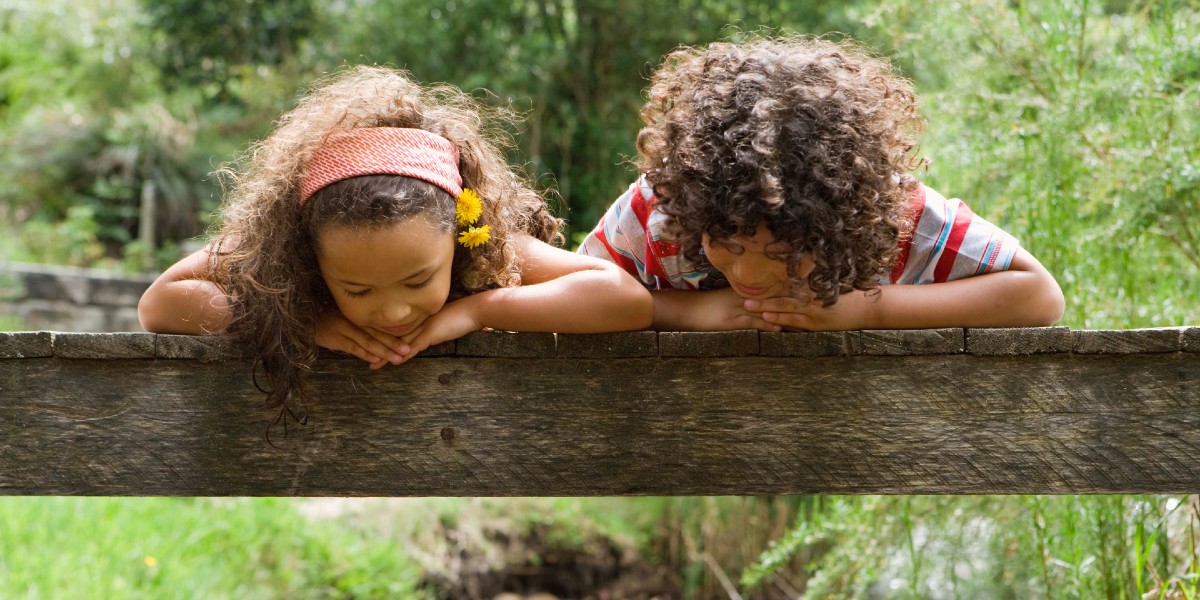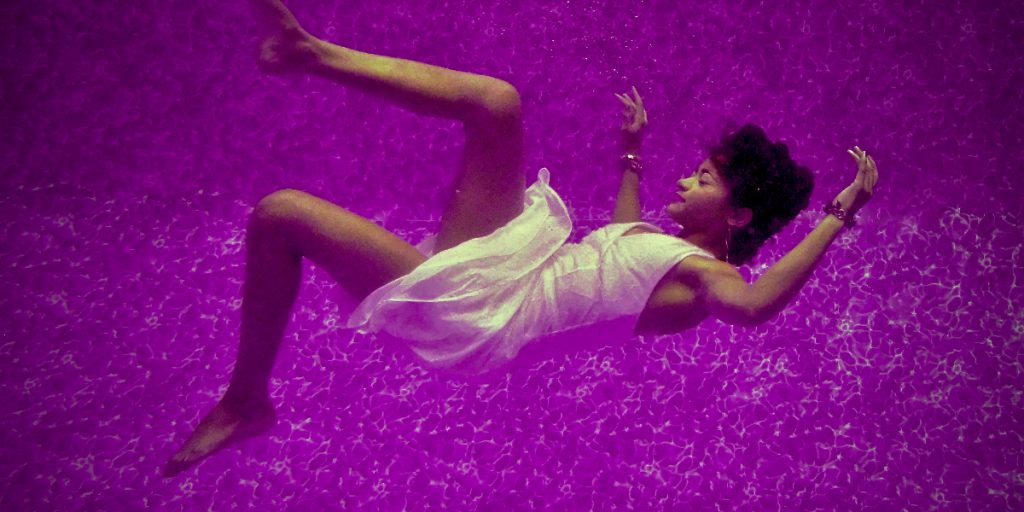Scott Shigeoka is a curiosity expert and fellow at UC Berkeley’s Greater Good Science Center. He also teaches at the University of Texas at Austin and has spoken at Pixar, Airbnb, and Google, among other companies and universities.
Below, Scott shares five key insights from his new book, Seek: How Curiosity Can Transform Your Life and Change the World. Listen to the audio version—read by Scott himself—in the Next Big Idea App.

1. Curiosity is the engine of survival and learning.
Curiosity, the desire to know, was present in our ancestors. Since the middle of the 20th century, psychologists like Jean Piaget have argued that curiosity is a drive state that (like hunger and sexual desire) is critical for survival. Our ancestors used curiosity to find water and food, motivate learning, and forge relationships. Since it was beneficial for us, curiosity was favored by natural selection and has been passed down through the generations.
We’re all born with curiosity. Research suggests that infants prefer novelty, choosing to look at or interact with things that are new to them rather than known. Thanks to research done with fMRI scans, we know that we release the “happy hormone” dopamine when we are curious—something that also happens when we’re having sex or devouring a tasty meal.
Curiosity also powers learning. As babies, curiosity intrinsically motivates us to babble until we eventually construct words and sentences. While kids have a knack for languages because of their curiosity, curiosity plays a broader role in childhood development beyond communication. In early childhood, kids must learn to identify threats, how to crawl and then walk, and how to be social. They’re constantly asking questions because curiosity is key to developing. If you’ve ever spent time with a five-year-old, you’ll know their favorite word is often why.
2. Curiosity isn’t just an intellectual tool, it’s a force for connection.
We limit our understanding of curiosity by talking about it as a means of extracting information. It is usually viewed through the unidirectional, one-dimensional lens of what curiosity gives me. But curiosity isn’t just a tool for staying alive or learning—like how to talk, figure out hobbies, or pick travel destinations. It has another vital function: connection.
Psychologist Todd Kashdan at George Mason University has performed multiple research studies that show how curiosity powers our relationships. Curiosity is not something that lives only in our minds; it also stirs our hearts. It can be a gateway to strengthen relationships—to oneself, to others, and to what’s beyond.
“Curiosity is not something that lives only in our minds; it also stirs our hearts.”
At its deepest levels, curiosity can become a force for meaningful connection and transformation. It can help us navigate disagreements, revive decades-old marriages, or heal from pain or trauma. Curiosity invites us to ask questions that welcome nuance and surprise. Rather than What should I do to make money? we ask ourselves What makes me come alive? Instead of Are you a Democrat or a Republican? we ask What values are important to you? Rather than Where did my ancestors come from? we ask How do I stay connected to them throughout my life?
3. There are three directions of curiosity.
Curiosity has three directions: inward, outward, and the beyond. When we direct it inward, we search for a better understanding of our own needs, beliefs, and dreams. Inward curiosity doesn’t always have to be done solo—it can be done with a therapist or a friend, such as reflecting on an experience. By practicing inward curiosity, we become more conscious about important aspects of our lives, such as how we want to spend our time, what we value, or how to care for ourselves. We ask questions like: What does a healthy living situation look like for me? How do I want to be loved? What makes me come alive? What kind of life do I want?
The outward direction is how most people think of curiosity: deepening our understanding of other people and the world. We do this when asking questions on a date or learning something new on a podcast. This direction aids us with understanding cultures or systems, such as when we travel to another country or learn about economics. When we spend time and energy directing curiosity outward, we reduce the risk of clinging to a more individualistic mindset (such as the self-help trope that your only priority is showing up fully rather than considering how others feel). When we practice outward curiosity, we adopt a more collective and harmonic mindset that recognizes our inherent interconnectedness with each other and the planet.
“Curiosity has three directions: inward, outward, and the beyond.”
Directing curiosity toward the beyond might take on a religious connotation for some, as they seek to understand God, divinity, or their spiritual beliefs. You can still use your curiosity in this direction if you’re not religious. It might look like exploring life’s meaning, such as asking yourself: What does it mean to be human? What is consciousness? What will my legacy be when I die? Exploring the beyond might even involve those who are no longer with us in the physical realm, such as those who came before us (our ancestors) or who will come after (seven generations from now). The beyond is a direction of the soul, pushing us to ask questions like: How do we make meaning? What kind of world will the children of today inherit thirty years from now? What does it mean to live soulfully?
4. Curiosity is a muscle.
Curiosity is something we can all strengthen—like a muscle. I developed a framework called “DIVE” to help readers create space for deep curiosity in their day-to-day lives. The “DIVE” model is an acronym that stands for Detach, Intend, Value, and Embrace. These four distinct elements are essential to creating space for deep curiosity.
- Detach: Let go of your ABCs (assumptions, biases, and certainty).
- Intend: Prepare your mindset and setting.
- Value: See the dignity of every person, including yourself.
- Embrace: Welcome the hard times in your life.
We access deep curiosity by exercising these muscles of detaching, intending, valuing, and embracing. We don’t have to use them all simultaneously; each can be isolated and strengthened through dedicated exercises, just like the muscles in our bodies. Deep curiosity is a lifelong and active pursuit—it is not enough to have a desire to know something; you must actively practice it daily and with intention. The more you practice deep curiosity, the easier it gets. And as you continue along the journey, you’ll experience more transformation.
5. Curiosity is contagious.
Just like children mimic their parents’ behaviors, we are all unconsciously and consciously impacted by the actions of those around us. Researchers have found that if we surround ourselves with people who are more curious than us, then we tend to become more curious. The opposite is true, too: When you exercise your curiosity in a conversation or relationship, you make it more likely for the other person to be curious, too.
Research has also found that if our families, workplaces, or communities value curiosity as a popular and worthwhile practice, it is more likely that everyone in these spaces will become more curious. That’s why it’s important to do an audit of the environments you’re in: Is curiosity being valued or neglected? Are questions being rewarded, and not just answers? Is there encouragement to embrace uncertainty and the feelings of discomfort that come with that?
“Curious people are happier, more tolerant of anxiety, show increased life satisfaction, and have improved well-being.”
Thankfully, unlike other contagious things in life, curiosity keeps us alive. Research has found that older adults with less curiosity have higher rates of mortality. It also improves quality of life: curious people are happier, more tolerant of anxiety, show increased life satisfaction, and have improved well-being.
I see a bright future for a world that embraces curiosity. I see people who can alleviate their suffering in tough moments. I see stronger relationships emerging, even across lines of differences. And although it isn’t a magic wand for fixing societal issues, curiosity is a foundational tool for building a more just and sustainable society. I see curiosity more intentionally embedded in K–12 schools and higher education as a learning outcome for both students and staff, as well as businesses prioritizing curiosity as a 21st-century skill. In the future, every leader will want to live out the value of curiosity while extending it to those they work alongside. Parents will bring it into their households, friends will keep each other accountable to pursuing it, and partners will bring it into their relationships to foster fulfillment and happiness.
To listen to the audio version read by author Scott Shigeoka, download the Next Big Idea App today:































